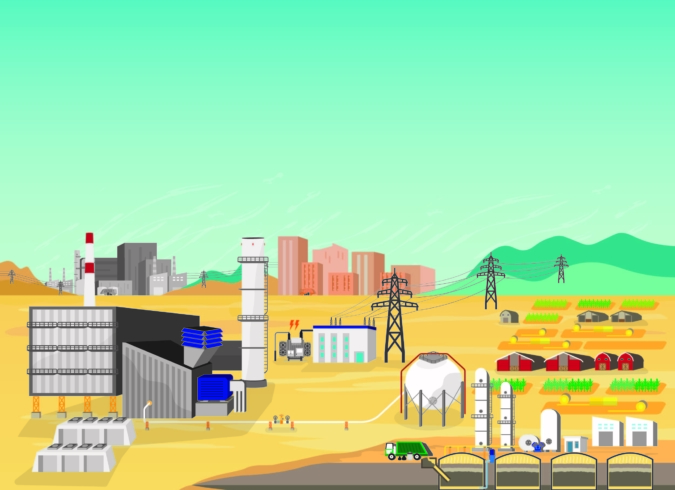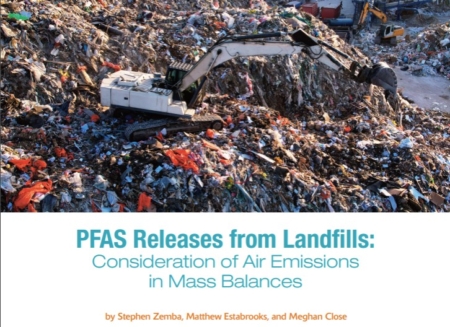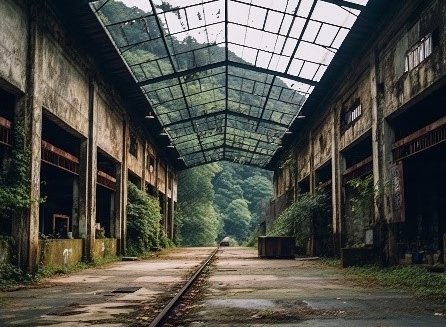The Future of Energy Recovery from Natural Gas?
When it comes to energy recovery from landfill gas (LFG), it’s clear that the new kid on the block is renewable natural gas (RNG). RNG is natural gas that has been derived from processing (i.e., removing impurities) raw biogas such as LFG or the gas produced by anaerobic digesters. RNG has been around for over 35 years, yet the number of projects being developed has doubled in just the past eight years. This trend carries through to the solid waste industry, where there appears to be an emerging shift from “traditional” beneficial use of LFG toward the production of pipeline quality RNG.
How Did We Get Here?
To understand where the industry is going, you must first understand where it came from. LFG has long been captured and combusted to help reduce odors and methane emissions through the installation and operation of a gas collection and control system (GCCS). Simple venting of LFG is not environmentally acceptable, as LFG is composed of roughly 50% methane, a greenhouse gas that has a global warming potential 25 times greater than carbon dioxide. When LFG is combusted, most of the methane is converted to carbon dioxide, a less potent greenhouse gas.
Recognition of LFG as a fuel resource prompted development of energy recovery systems, most commonly employing stationary internal combustion engines fueled with LFG. Attached to a generator, landfill gas-to-energy (LFGTE) engines produce electricity that, when sent to the transmission grid, can offset power production from traditional fossil fuel generation sources, thereby further reducing greenhouse gas emissions.
This traditional beneficial use of LFG has been viewed as a preferential method of combusting LFG, because LFGTE can provide both economic and environmental benefits. According to EPA’s Landfill Methane Outreach Program, LFG beneficial use projects have reduced methane emissions from landfills and avoided carbon dioxide emissions totaling approximately 42.7 million metric tons of carbon dioxide equivalents in a single year.
Despite these recognized benefits, increasingly stringent air quality standards are restricting LFGTE engines. Air standards, along with increasing costs and evolving incentives are shifting focus at landfills away from these “traditional” beneficial use projects to RNG.
RNG: The Next Best Thing?
So, what is RNG? As stated earlier, RNG is natural gas that has been derived from processing raw biogas. This raw biogas contains varying concentrations of methane and is produced from the anaerobic decomposition of organic materials. At landfills, producing RNG requires the implementation of advanced treatment technologies that increase the methane content of the LFG by removing unwanted gases.
Because RNG is then delivered to a pipeline or trucked elsewhere for use, it is only necessary for a small quantity of residual waste gas to be combusted. Consequently, onsite (e.g., at a landfill) air emissions from RNG projects are virtually negligible as compared to those from LFTE facilities, which from an air permitting standpoint, makes RNG projects easier to permit.
Today, LFGTE facility owners are facing increasingly more burdensome regulatory requirements, including the National Ambient Air Quality Standards (NAAQS), onerous state secondary pollutant air standards, and state air toxic regulations and action levels. Given this, RNG projects are becoming more attractive.
To read the full version of Lisa and Heather’s article in the Air & Waste Management Association’s EM Magazine, follow the link here.





